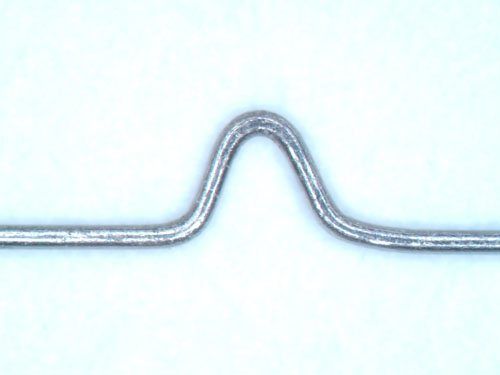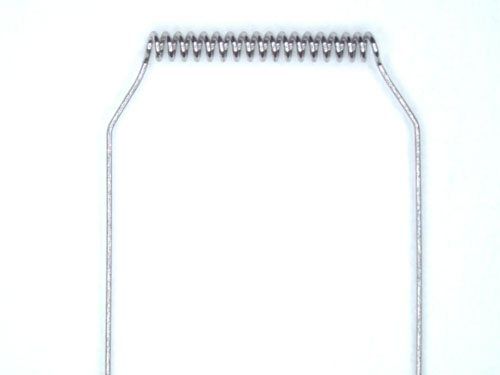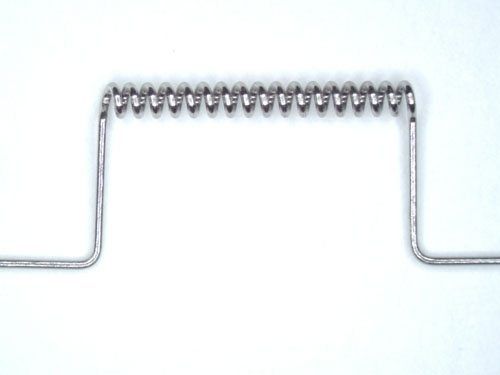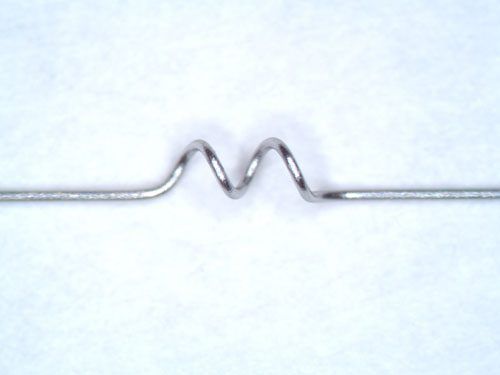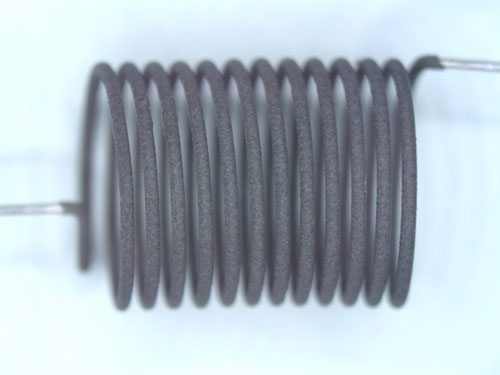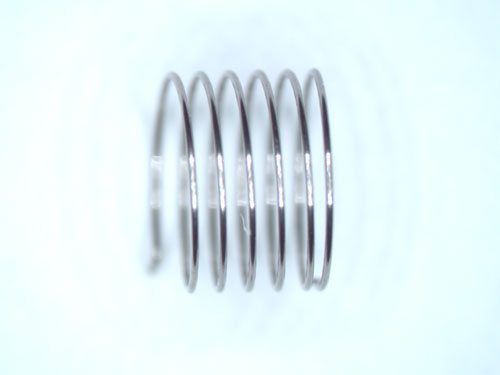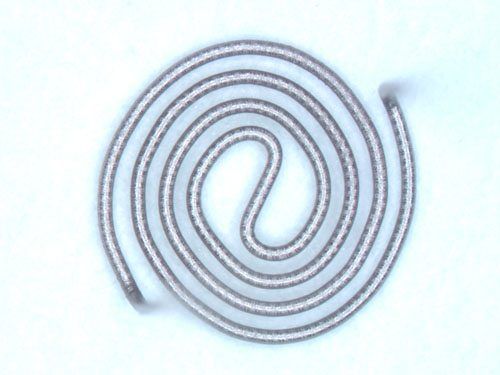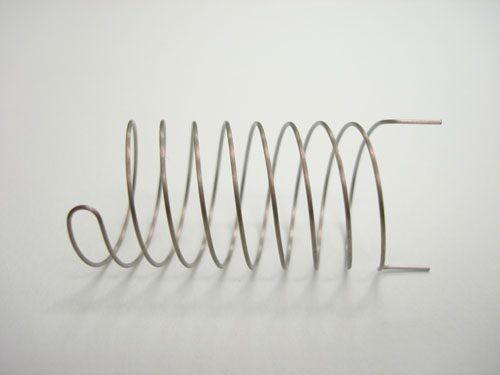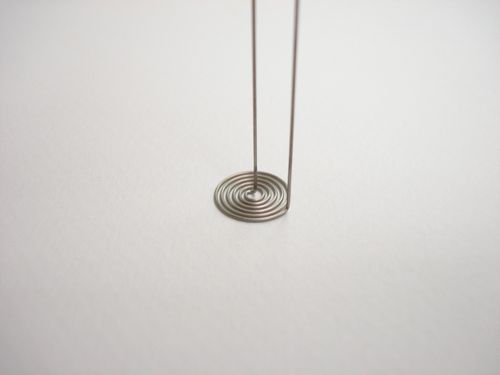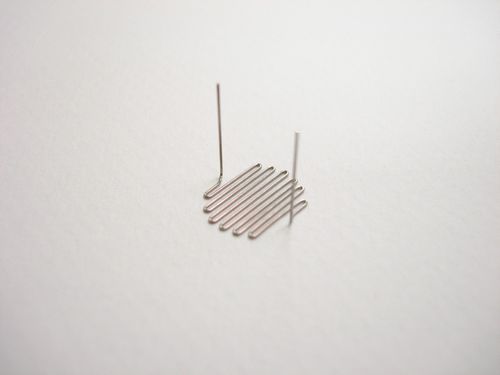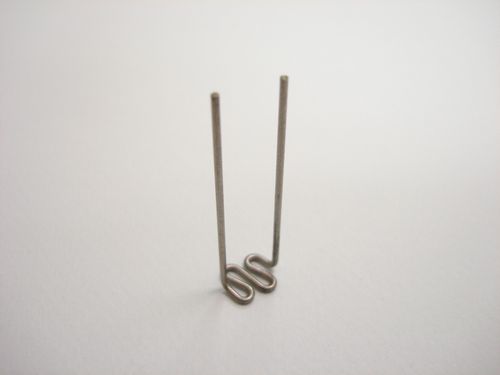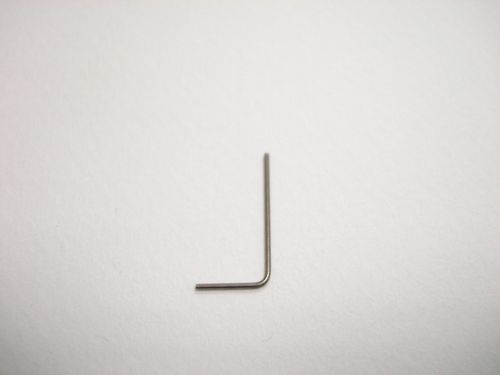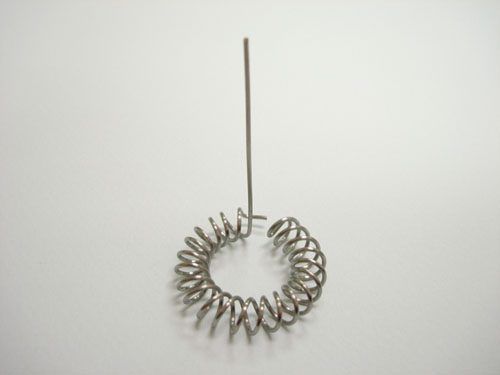About 3% Rhenium/97% Tungsten Wire
The development of 3% rhenium/97% tungsten wire is a result of a continuous research effort that has been conducted since the early 1900’s. One of the first accomplishments of this research was a non-sag grade of tungsten wire, which used grain growth controlling additives to modify the recrystallized structure. The tungsten-rhenium wire was created in efforts to develop a wire that was more ductile after recrystallization. The addition of 3% rhenium to non-sag tungsten produced a wire that is more ductile, without sacrificing any non-sag characteristics.
Properties of Tungsten-Rhenium Wire
Here at Union City Filament, we use non-sag tungsten that is doped with 3% rhenium for a variety of our products. The addition of rhenium allows us to meet specific performance objectives, which include:
Superior Vibration Resistance
Secondary recrystallization occurs in non-sag tungsten wire at temperatures starting at 2,200 degrees Celsius. But, when you add rhenium to non-sag tungsten wire, it prevents secondary recrystallization and stabilizes the fine grain microstructure in temperatures up to 2,800 degrees Celsius. This stabilized fine grain microstructure provides a sink for absorption of vibrational energy. The damping effect dissipates shock and promotes long life under severe vibration.
Improved Ductility
The high ductility of tungsten-rhenium wire allows more plastic deformation to relieve stresses caused by shock or vibrational loading.
Higher Resistivity
The resistivity of tungsten-rhenium wire is higher than non-sag tungsten wire and rapidly increases with temperature. The high resistivity allows our designers to use larger wire diameters, which is important in applications where strength is one of the top considerations.
Uses of Tungsten-Rhenium Wire
With its unique properties, tungsten-rhenium wires have made important contributions in many different industries. Some common uses for this wire include:
Incandescent Lamps
At operating temperatures of 1,000 to 1,300 degrees Celsius, tungsten-rhenium wire provides up to 70% higher hot strength. In addition, the higher electrical resistivity allows for a 10% increase in wire diameter, which improves filament strength and ductility after annealing. By using this material, lamp designers have extended life and reliability up to five times for vacuum cleaners, refrigerators, showcases, aircraft and vending machine lamps.
Hot Cathodes in Vacuum Electron Devices
For emitter filaments and cathode heaters found in X-ray tubes and other vacuum electron devices, tungsten-rhenium wire increases the life of the filaments and cathode heaters, decreases the current climb during life, reduces brittleness, as well as improves shock resistance.
Aircraft and Automotive Vehicle Windshields
Tungsten-rhenium wire is often chosen for the defroster wire in aircraft and automobile windshields because it offers sufficient strength to tolerate high temperature fabrication. It is also chosen because it has a higher resistivity than other competitive materials.
Regardless of what your end application is, Union City Filament’s expert engineers will work with you to design the best filament or heater to suit your needs.
Questions? Contact us today for help.
